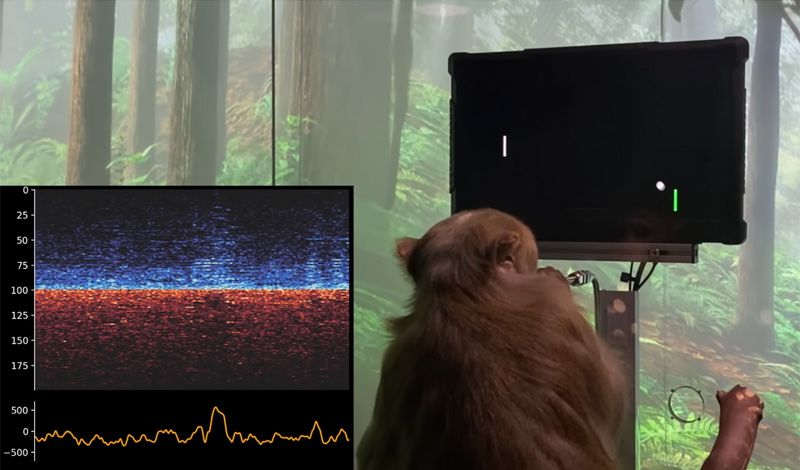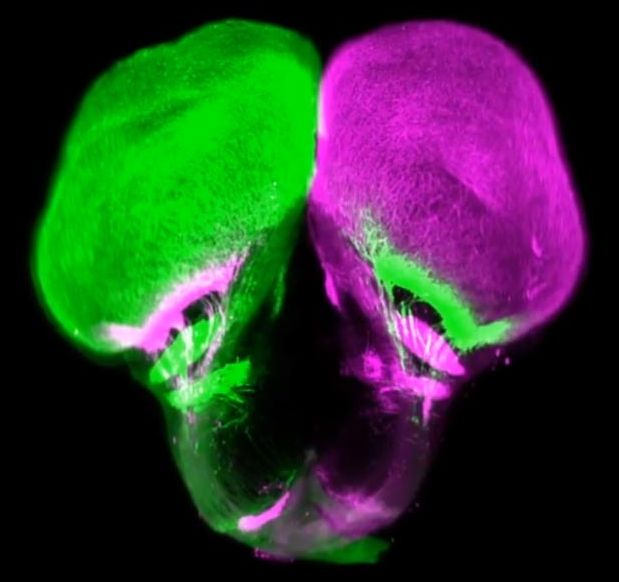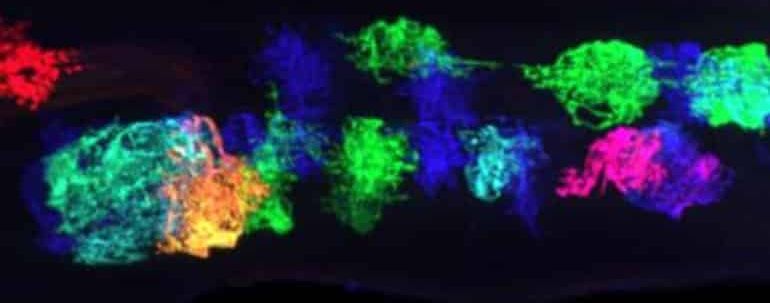Neuralink, co-founded by Elon Musk in 2016, has revealed a macaque with chips embedded on each side of its brain, playing a mind-controlled version of the 1972 video game, Pong.
Although established in 2016, Neuralink remained secretive about its work until July 2019, when Musk presented his concept for a new brain–machine interface (BMI). Not only would this help physically diseased or injured people, Musk believed it could also treat mental illness – and even be used by healthy individuals who might wish to enhance themselves.
A prototype in August 2020 demonstrated the Neuralink technology in a pig. This coin-sized chip, featuring a read/write link, contained 1024 channels with a wireless megabit data rate and all-day battery life. Brain signals conveying the pig’s sense of smell could be seen in real time. The FDA had by then approved it as a breakthrough device, allowing use in limited human trials under the US federal guidelines for testing medical devices.








